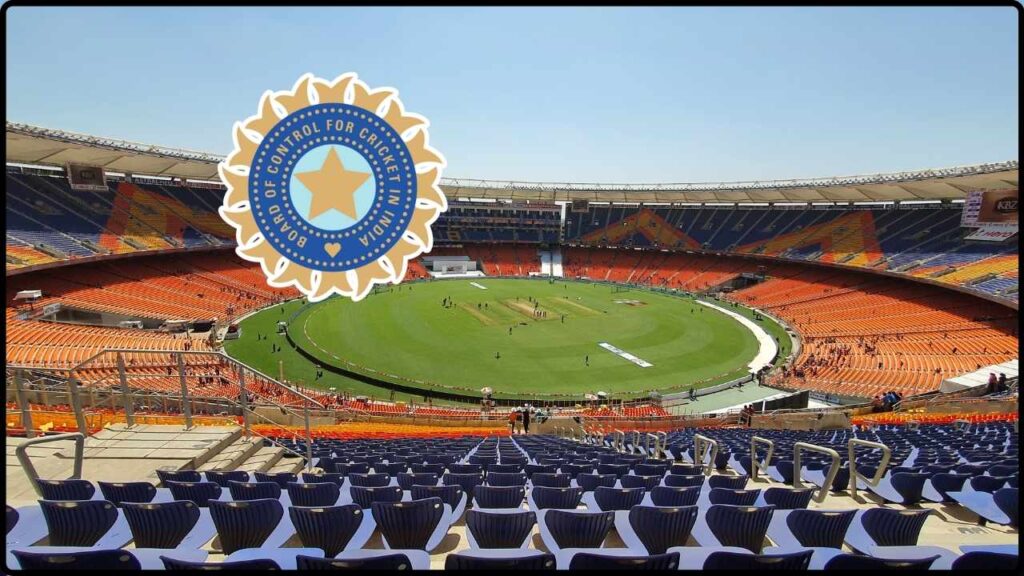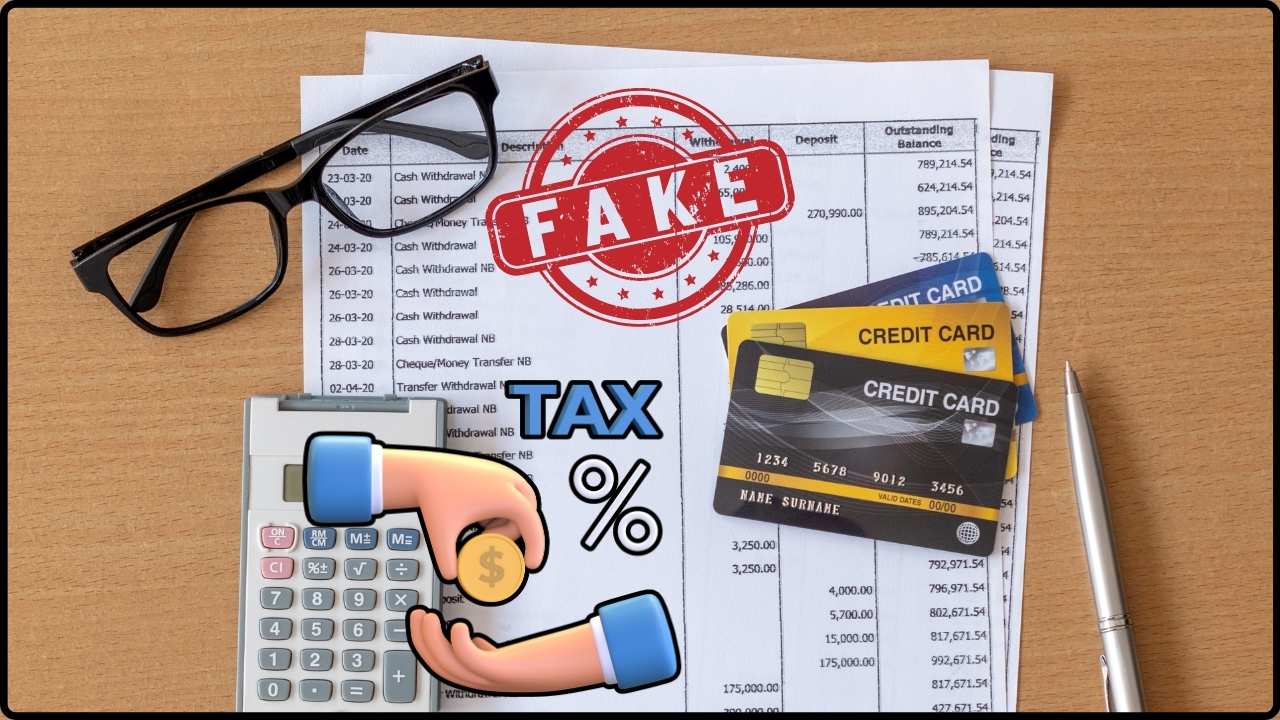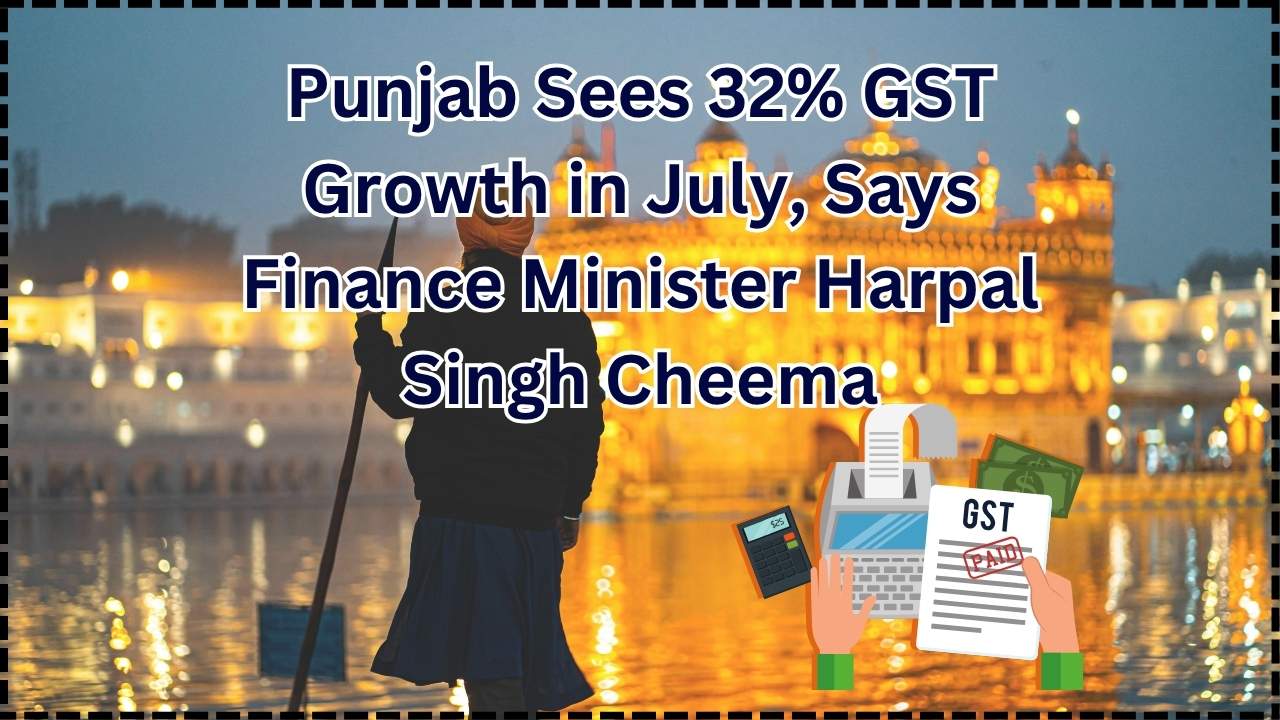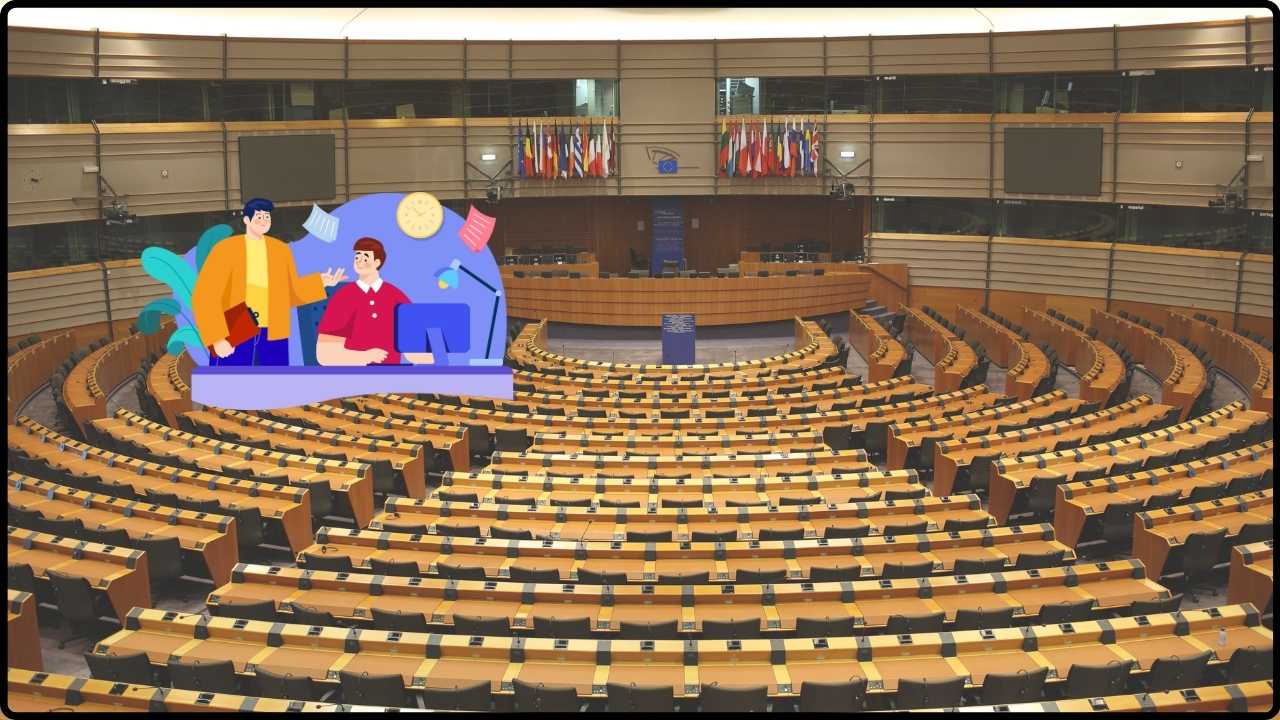Opens Bids for Player Verification Services: In a bold move to bring transparency and fairness to Indian cricket, the Board of Control for Cricket in India (BCCI) has opened up bids for Player Verification Services. This step is part of the BCCI’s ongoing efforts to ensure that only eligible players are able to participate in the country’s cricketing tournaments. The move comes amid growing concerns about age-fraud cases in the sport and follows the BCCI’s commitment to fighting such irregularities.
For years, cricket fans have speculated about age-fudging, where some players reportedly get older players into competitions by misrepresenting their actual age. Now, the BCCI is tackling this issue head-on. The process aims to verify players’ ages through both digital and physical means to ensure fair play. This is a crucial step for the country, where cricket is more than just a sport – it’s a culture, a way of life, and a multi-million-dollar industry. So, what’s this about the BCCI opening bids for Player Verification Services? Let’s break it down in simple terms, with a detailed guide that’ll help you understand the ins and outs of the process.
Opens Bids for Player Verification Services
The BCCI’s decision to open bids for Player Verification Services marks an exciting and much-needed development in Indian cricket. By introducing transparency and accountability, the BCCI is aiming to tackle the longstanding issue of age fraud in the sport. The verification process, which includes document scrutiny and bone testing, will ensure that only eligible players take part in the tournaments, promoting fairness and integrity. As a cricket fan or a professional in the sports industry, understanding how the BCCI’s age-verification system works can give you insights into how the sport is evolving and how the authorities are tackling longstanding challenges in Indian cricket. If you’re in a position to apply for the bidding process, make sure you meet the qualifications and submit your proposal before the August 22 deadline.

| Topic | Details |
|---|---|
| BCCI Announcement | BCCI invites proposals for Player Verification Services |
| Release Date of RFP | August 1, 2025 |
| Proposal Submission Deadline | August 22, 2025 at 12:00 PM IST |
| Eligibility Criteria | 3+ years of experience, operational capacity across India |
| Verification Methods | Document review + Bone Test (Tanner-Whitehouse 3 Method) |
| Cost to Access RFP | INR 1,00,000 + GST |
| Official Website | BCCI – Verification Services |
This initiative isn’t just about doing what’s right – it’s also about protecting the sport’s future. With the Indian Premier League (IPL) and other tournaments attracting a global audience, credibility is key to keeping the game fair and clean.
Why Is This So Important?
Age fraud has been a longstanding issue in Indian cricket. The BCCI has heard concerns from fans, players, and coaches about the impact that age misrepresentation can have on the integrity of the sport. When overage players compete, they have an unfair advantage, which not only undermines the competition but also denies younger, genuinely talented players an opportunity to shine.
For example, players in the Under-16 and Under-19 age groups are often believed to be younger than they actually are. As you can imagine, this gives them an unfair edge in the game. The impact goes beyond just the playing field – it also affects the perception of the sport in the eyes of fans, sponsors, and the international cricket community.
The BCCI’s age-verification drive involves a two-pronged approach. First, they will review players’ documents, like birth certificates, to get a baseline. But that’s just the start. They will also conduct a bone test using the Tanner-Whitehouse 3 (TW3) method, which determines skeletal maturity, to verify the player’s true age. It’s a sophisticated process designed to ensure that only those who genuinely meet age criteria get the chance to compete.

Opens Bids for Player Verification Services – A Step-by-Step Guide
So how exactly does this verification process work? It’s not as complex as it may sound, and the BCCI has outlined clear steps to make it as transparent as possible. Here’s a breakdown:
Step 1: Document Scrutiny
Before diving into any medical tests, the first step is a thorough document review. The player’s birth certificate is the most important document in this process, but the BCCI will also examine other relevant records to cross-check the player’s date of birth.
Step 2: Bone Test (Tanner-Whitehouse 3 Method)
Once the documents have been reviewed, the next step is to verify the player’s bone maturity using the Tanner-Whitehouse 3 (TW3) method. This technique is typically used to determine the age of players in the Under-16 category for boys and Under-15 for girls. This method is scientifically reliable and provides a more accurate measure of biological age.
Step 3: Verification of Results
Once the bone test results and document verification have been obtained, the BCCI will compare the findings. If there’s a discrepancy, the verification agency will be asked to conduct further investigations. The goal here is to make sure there’s no room for error.
Step 4: Final Decision
Once everything is double-checked, the BCCI will make its final decision on whether the player is eligible for the tournament or not. If everything aligns, the player will be registered and cleared to participate.
Challenges of Age Verification in Cricket
Age verification is not a straightforward process, especially in a country like India, where access to reliable birth records and official documents can be challenging in rural areas. Discrepancies in birth records, or even deliberate tampering, have been a part of the age-fraud issue.
For instance, in some parts of India, public health records may not be easily available, making it difficult to verify birth dates. Furthermore, players from different socioeconomic backgrounds may have varying access to official documentation.
However, the bone-testing method helps bypass some of these challenges by offering a more scientific and reliable approach to determining a player’s age. This dual approach of document review and physical testing ensures that age fraud is minimized across the board.
Global Approach to Age Verification in Sports

Age verification in sports is not exclusive to India. In fact, many countries and sports organizations around the world have faced similar issues and have adopted age-verification practices. For example, FIFA, the global governing body for football, conducts age verification for players in their youth tournaments using a similar combination of document verification and biometric testing.
Even in the United States, age verification is important in sports like youth football and basketball, where overage players have been known to dominate competitions and skew the fairness of the game. These global examples highlight that the BCCI is not alone in addressing age fraud; it is following a well-established trend that ensures fairness and integrity in sports.
How This Affects Players and Coaches?
With these new regulations, players and coaches alike will need to adjust to the changes in the verification process. For players, this means ensuring their documents are up-to-date and verifying their age accurately. Coaches, on the other hand, will need to monitor the age and eligibility of the players they are mentoring, making sure that there’s no room for manipulation.
For younger players especially, this presents an opportunity for fair competition and better exposure. It means that genuinely talented players won’t be held back by age-fraud cases and will get a level playing field to showcase their abilities.
Long-Term Impact on Indian Cricket
This age-verification initiative is a game-changer for the future of Indian cricket. By ensuring that players meet the age requirements, the BCCI is helping to foster a new generation of players who will compete on a fair and equal footing.
As the sport evolves, tournaments like the IPL and Ranji Trophy can become even more prestigious, knowing that the integrity of the game is protected. For fans and sponsors alike, this move towards transparency makes Indian cricket even more attractive and trustworthy on the world stage.
New Laws That Could Change India Forever? GST Ordinance & Anti-Doping Amendments Hit Lok Sabha
Half-Yearly Income Tax Digest 2025: Key ITAT Decisions Every Taxpayer Should Know
How the Mughals Collected Taxes — From Crops to Roads, Here’s What You Paid Back Then








